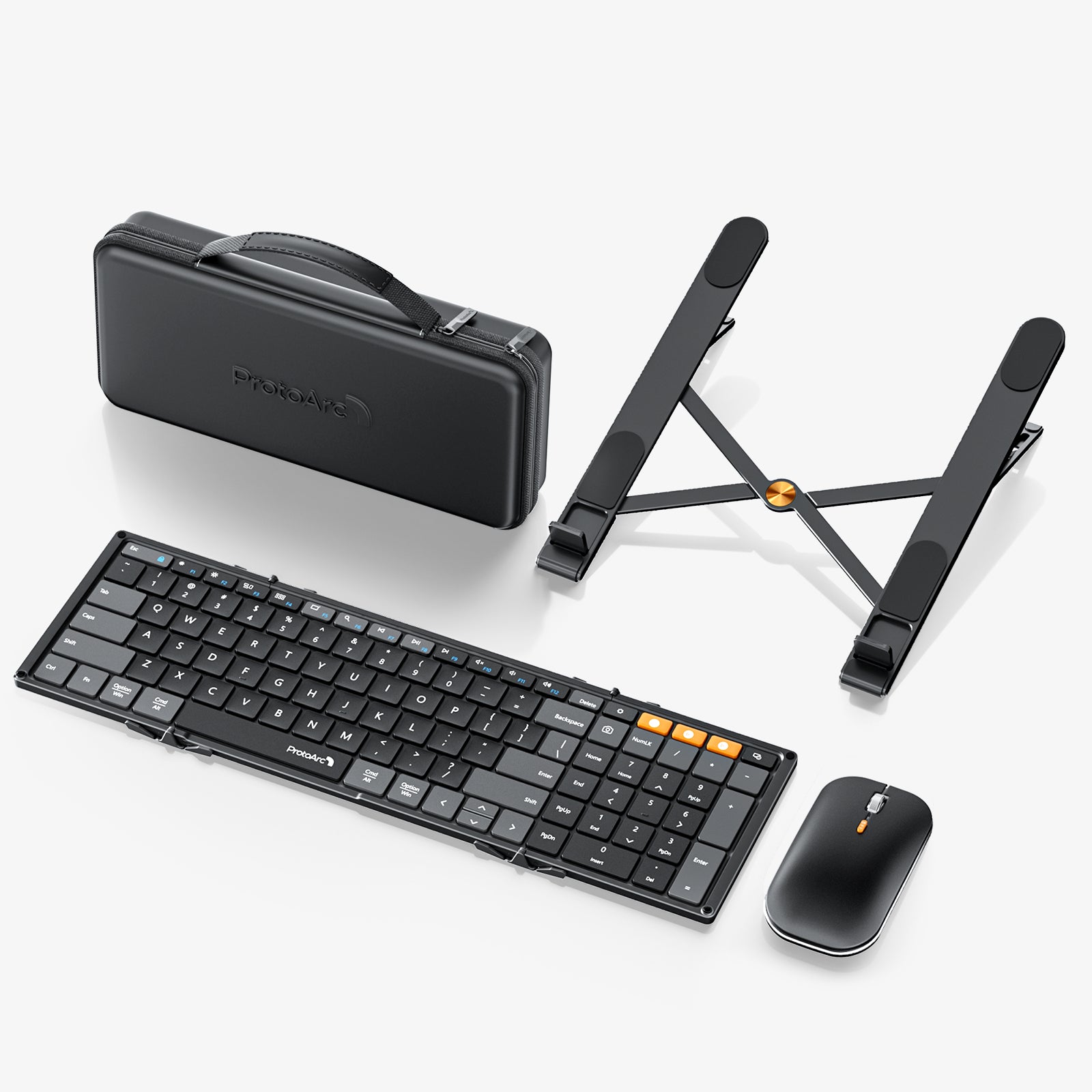Unlock Your Potential: Transform Your Work Experience with the Perfect Ergonomic Mouse!
In today's fast-paced work environment, the tools we use can significantly impact our comfort and productivity. Among these tools, the mouse is often overlooked, yet it plays a crucial role in our daily tasks. Traditional mice can lead to a myriad of issues, including discomfort in the wrist and fingers, as well as repetitive strain injuries that can develop over time. This is where the ergonomic mouse comes into play, designed specifically to alleviate these concerns by promoting a more natural hand position. The goal of this article is to educate you on how to effectively use an ergonomic mouse to enhance your comfort at work, ultimately boosting your productivity and well-being.

Understanding Ergonomic Mice
An ergonomic mouse is designed with the user's comfort in mind, typically featuring a shape that fits the natural contours of the hand. Key features often include a slanted design, thumb grips, and a larger surface area, all aimed at reducing strain on the wrist and hand. The science behind ergonomic design is rooted in biomechanics; it seeks to accommodate the body's natural posture, thereby minimizing the risk of injury. There are various types of ergonomic mice available, including vertical mice, trackball mice, and pen-style mice, each catering to different preferences and hand shapes. Understanding these options is the first step toward selecting the right ergonomic mouse for your needs.
Benefits of Using an Ergonomic Mouse
Switching to an ergonomic mouse offers several benefits that can significantly enhance your work experience. Firstly, these devices are designed to provide improved comfort during long hours of computer use. This comfort can lead to a reduced risk of developing repetitive strain injuries like carpal tunnel syndrome, which affects many office workers. Studies indicate that users of ergonomic mice report less discomfort and a lower incidence of related injuries compared to those using traditional mice. Furthermore, the increased comfort translates into higher productivity; when your hands are not fatigued, you can focus better on your tasks. Ultimately, investing in an ergonomic mouse is not just about comfort; it’s about creating a healthier work environment that fosters efficiency.
How to Properly Use an Ergonomic Mouse
To get the most out of your ergonomic mouse, proper usage is essential. Start by positioning your mouse at the same level as your keyboard to maintain a neutral wrist position. Your forearm should be parallel to the floor, and your wrist should not be bent while navigating. Ensure that your fingers are relaxed and gently resting on the buttons rather than gripping tightly. It’s also important to take regular breaks to stretch your hands and wrists to prevent stiffness. When I switched to an ergonomic mouse, I made a conscious effort to adjust my hand positioning, and I noticed a significant reduction in discomfort after just a few days. This small change made a world of difference in my daily productivity.
Adjusting Settings for Optimal Use
In addition to proper hand positioning, adjusting your mouse settings can greatly enhance your experience. Tailor the sensitivity settings to match your working style; a higher DPI (dots per inch) setting allows for quicker movements, while a lower setting can provide more control for detailed tasks. Most ergonomic mice come with software that allows you to customize button configurations, enabling you to assign frequently used functions to specific buttons for easier access. These adjustments can streamline your workflow, making your mouse work harder for you.
Integrating an Ergonomic Mouse into Your Workspace
Creating an ergonomic workspace is key to maximizing the benefits of your ergonomic mouse. Start by ensuring that your desk height allows your elbows to remain at a comfortable angle, with your forearms parallel to the floor. Your chair should provide adequate support to maintain good posture, and your monitor should be at eye level to avoid straining your neck. I found that rearranging my workspace to accommodate these factors not only improved my comfort but also encouraged me to take regular breaks, further enhancing my productivity. Consider using a mouse pad with wrist support to add an extra layer of comfort while you work.
Enhancing Your Work Experience with an Ergonomic Mouse
In summary, using an ergonomic mouse can transform your work experience by enhancing comfort and productivity while reducing the risk of injury. By understanding the features of ergonomic mice, implementing proper usage techniques, and creating a conducive workspace, you can significantly improve your overall well-being at work. I encourage you to take action based on the tips provided in this article, as investing in your ergonomic setup is an investment in your health and efficiency. Embrace the change and unlock your true potential with the right tools!








